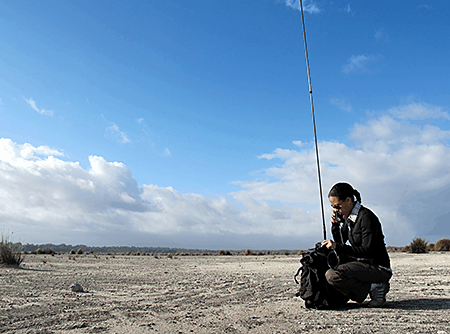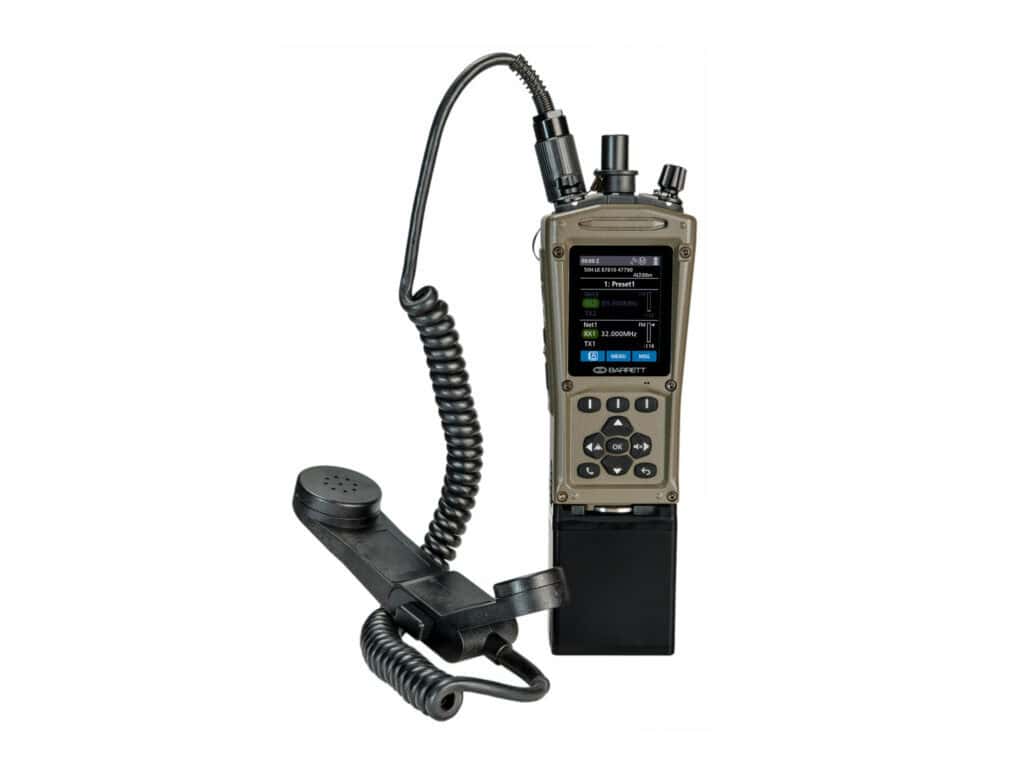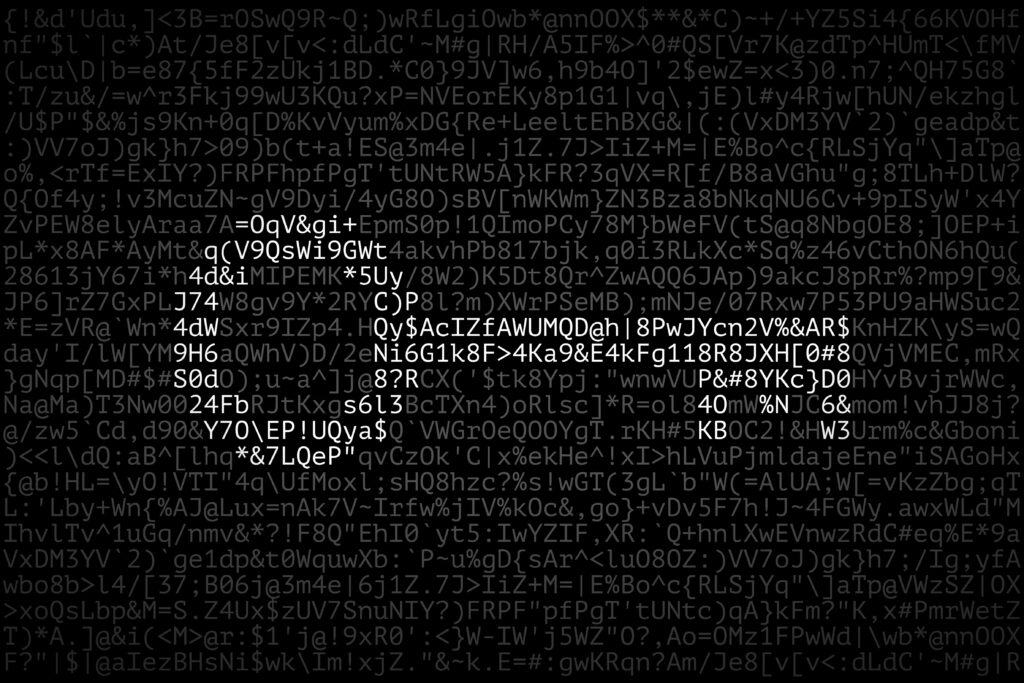The best antennas to use during field operations
The best antennas to use during field operations
Field operations often place individuals in remote locations with little access to conventional communications infrastructure. If you can’t rely on phones or smart devices to link to the outside world, how can you ensure you’re able to make contact when you need to? HF radio has been a reliable communications tool in numerous field applications for decades, proving the ability to connect transceivers over radio waves is timeless.
In order to maximise the functionality of your HF communications, you need to integrate your radio transceiver with the best possible network equipment. Antennas are a vital part of a functioning HF radio in mobile, base station and vehicle applications. What is the best antenna to use during field operations?
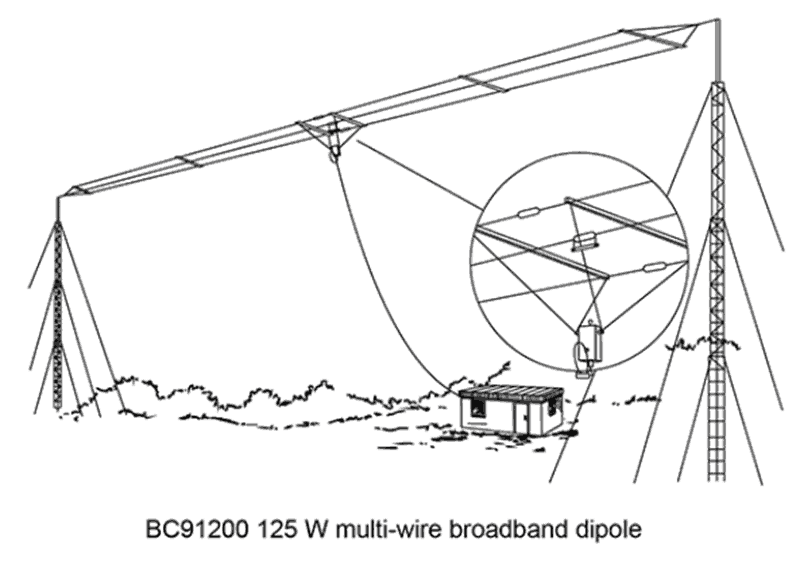
1) Base station antenna equipment
Establishing a base station in the field is easier if you equip your HF radio network with easily deployable antennas. Barrett Communications’ range of antennas are designed for ease of assembly, meaning you can get your communications up and running sooner.
The Barrett 912 series of broadband base station antennas are designed for either single mast ‘inverted V’ use or with a standard horizontal dipole configuration. Manufactured with high-quality reinforced stainless steel and glass, the 912 series is lightweight and corrosion resistant while still able to withstand extreme wind speeds of up to 200 km/h.
Meanwhile, the 4017 HF automatic tuning antenna can be deployed in areas with limited space. Mountable as close as six metres off the ground and with a packed length of just over two metres, the Barrett 4017 antenna is a truly flexible communications options. The best part, however, is that users lose no functionality despite the compact design, with the antennas offering omni-directional performance. This means it’s the ideal antenna for small footprint and easily installed communications in all directions.
Antennas are vital to functioning HF radio infrastructure, both in base station and mobile applications.
2) Vehicle-deployable antennas
The 2018 mobile magnetic loop HF antenna is easily integrated with the HF radio transceiver equipment in your vehicle, the loop antenna is secured to the roof and provides significant gain increases. This is particularly useful when you need constant communications coverage over distances up to 1,000 kilometres, in mountainous locations or where there is significant environmental noise.
Additionally, the loop antenna is very fast tuning, typically requiring less than two seconds, and is designed with meet MIL-STD 810G for shock, vibration and dust. This makes it an incredibly robust and reliable antenna device for vehicle use.
Alternatively, the 2019 ATU mobile antenna is used over the full HF frequency spectrum. High radiation efficiency and accurate tuning are assured thanks to maximised antenna current, and its rugged design means it can work with high duty cycle applications such as the Barrett 2020 email, fax and data system.
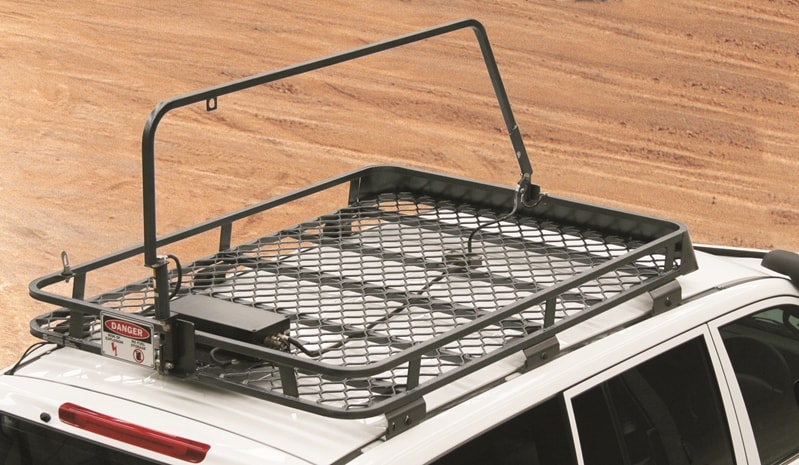
The 2018 magnetic loop antenna offers communications coverage over distances of up to 1,000 kilometres, in mountainous locations or where there is significant environmental noise.
Why Barrett Communications’ antenna devices?
These types of antenna aren’t the only consideration when choosing a equipment for field operations. Only a select few expert HF radio suppliers can provide the high-quality communications equipment needed to suit the range of conditions faced in the field. Barrett Communications has supported operators in numerous industries for decades, providing the HF transceivers and equipment needed for any application necessary.
For more information about our professional partnerships, or to learn more on the specifications of our antenna equipment range, reach out to a Barrett contact near you today.

